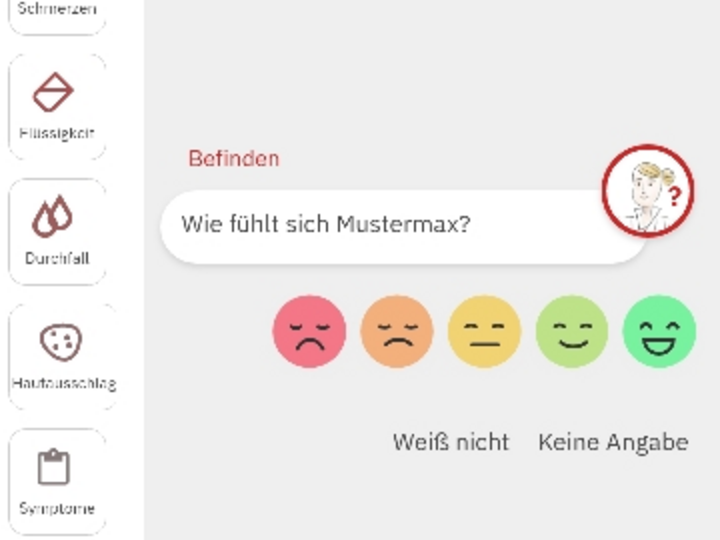By using the FeverApp to document the course of fever, you are supporting the scientific register for research into fever in outpatient care. Below is a brief overview of the nested and grouped data structure for those interested in research. Certain data have 1:n or n:1 relationships.
The primary unit of observation in our system is the family, which is represented by an eight-digit lowercase letter sequence as a “family code”, which itself is related to the four-digit practice number and thus simultaneously identifies the distributing practice in the corresponding country. Several users can use it to view and edit the same data in a synchronized manner. In each family (user), there can therefore be several users (roles) who observe several children (profiles). One or more users in a family therefore document one or more children with one or more entries (loops). These entries result in one or more fever phases (episodes), currently defined until a child is marked as “healthy” or if no entry has been made for two days (>48h). Each fever phase (episode) can consist of one or more entries (loops).
If you want to delete individual entries or entire profiles, you can do so at any time.
All data that is deleted in the app is also deleted in the central register at Witten/Herdecke University.
